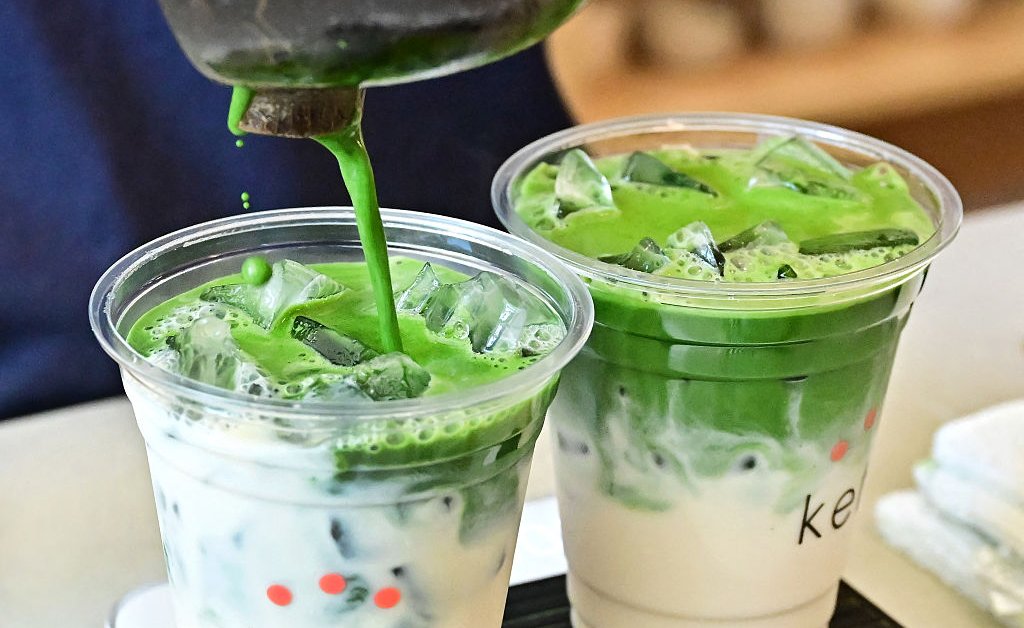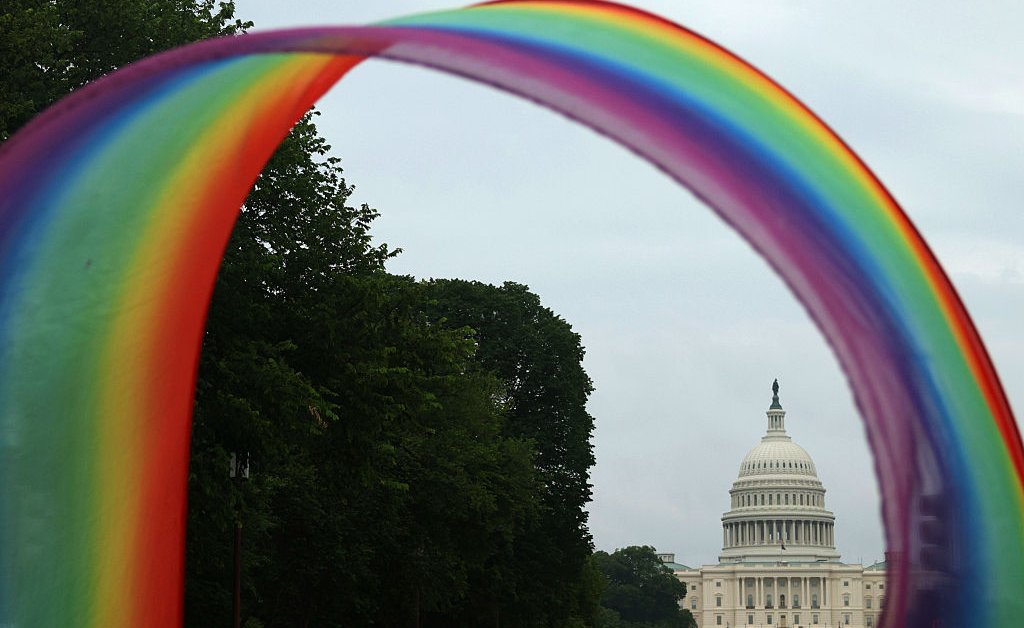Matcha tea, a powdered Japanese green tea, has become a cultural phenomenon in the West, so much so that its popularity has resulted in a global supply problem.
Western consumers have thirsted for the health option in recent years, a trend skyrocketed by social media—especially through Tik Tok. At the same time, Japan has experienced a mass tourism rise in the post-pandemic years—in 2024, Japan welcomed a record-breaking 36.9 million international visitors, surpassing the previous record of 31.9 million in 2019 — leading to many mass tea companies and local vendors to report shortages of supply.
Back in October 2024, two well-known matcha companies—Ippodo and Marukyu Koyamaen—limited and/or stopped selling certain kinds of matcha, citing short supplies.
“Dear customers, We have been receiving an unexpected high volume of orders during the past few months. Taking production scale and capacity into consideration, we regrettably announce that availability for all Matcha products, regardless size and packaging type, will be limited from now on,” Marukyu Koyamaen’s website still reads.
Matcha comes from the same plant that many different teas come from— the camellia sinensis. The camella sinensis leaves can be made into green tea, oolong tea, and black tea. Though matcha originates from China, it has become closely associated and rooted in Japanese culture.
Matcha is a type of green tea, but the processing, form and taste differs significantly, and is made specifically from tencha, a shaded green leaf tea. Matcha also only makes up a small amount of Japanese tea production—just 6%—according to the Global Japanese Tea Association.
Yet, the demand has skyrocketed. And as a result, prices have also soared.
According to Forbes, the matcha market is expected to hit about $5 billion by 2028, an expected growth of more than 10% since 2023. Further, the Japanese agriculture ministry has reported that the 2024 tencha output was over 2.5 times higher than 2014. The question is whether increased demand, small farmers trying to meet this demand, and a crop that is heavily dependent on weather patterns can keep up, even as the spring matcha harvest attempts to make up for the shortages of the past year.
This year, though, the Kyoto region of Japan, which accounts for a large percentage of tencha harvest, was hit with a hot and dry harvest season, say farmers in the area.
In 2025, Zach Mangan, founder of Kettl Tea, a Brooklyn-based company specializing in high-quality teas imported directly from farms in Japan, called this year’s harvest a “high-quality but lower-yielding harvest” in a blog post in May of this year—the kind of harvest that will boost demand and lower availability, potentially raising prices even further.
Read More: The Surprising Reason Your Groceries Are More Expensive
According to the Global Japanese Tea Association, the average price for tencha in late April reached 8,235 yen per kilogram, which is 1.7 times higher than last year’s average. And according to producers, that can only be expected to continue.
“Over the past year, demand for matcha has grown beyond all expectations,” Ippodo updates customers on July 18. “Unfortunately, supply constraints are likely to continue.”








